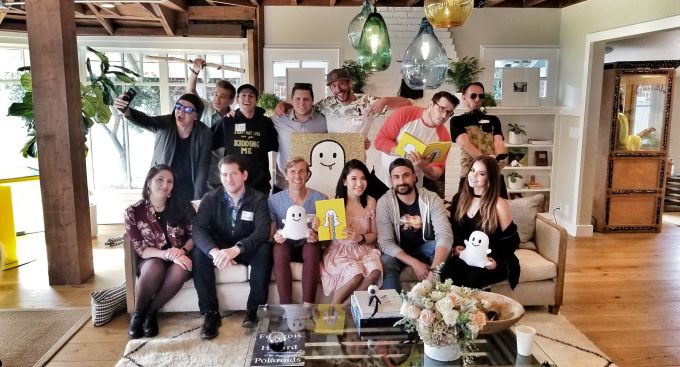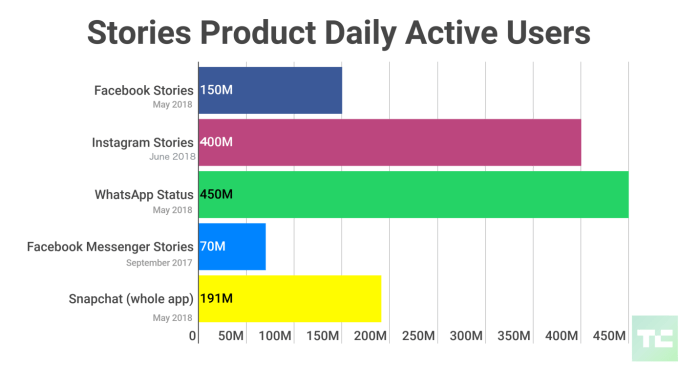If you’re a gig economy worker, you’ve probably settled into the reality that insurance and benefits aren’t going to be available to you. Well, not unless on-demand companies make the switch from 1099 independent contractors to W-2 employees. While that’s not changing — yet — Square’s on-demand food delivery service, Caviar, is now offering insurance protection to all of its couriers.
“We think this is a positive first step for independent contractor benefits that still gives couriers the flexibility and freedom to earn – and be covered – on their own schedule,” Caviar wrote in a blog post.
This occupational accident insurance will ensure that couriers are covered in the event any accidents happen while they’re making deliveries for Caviar. This insurance, which comes at no cost to the couriers, activates the second a courier accepts an order Caviar and ends the second its complete.
“We’ve wanted to offer a policy like this for a while,” the blog post states.
This new insurance is in part thanks to OneBeacon, an insurance company Square partnered with to create a type of insurance that is unique to gig economy workers. Caviar’s Occupational Accident insurance entails coverage up to $1 million per accident, $100,000 accidental death benefit and survivor’s benefits for dependents, and both temporary and continuous disability at 50 percent of the courier’s average weekly earnings.
“We’re including this in our standard offering because we feel that providing insurance to protect couriers while they’re actively delivering with Caviar is the right thing to do,” the blog post states.


 The program is late but a smart move for Snapchat, since it needs to educate businesses about how to make great Stories ads. These often require stylish vertical video that’s a big creative jump from the tiny photo, link, and text ads many are accustomed to, or even the pithy landscape videos they’ve learned to make for YouTube or Facebook. If creators can help brands make great looking ads that perform well, those businesses will be more likely to spend a lot more on Snapchat.
The program is late but a smart move for Snapchat, since it needs to educate businesses about how to make great Stories ads. These often require stylish vertical video that’s a big creative jump from the tiny photo, link, and text ads many are accustomed to, or even the pithy landscape videos they’ve learned to make for YouTube or Facebook. If creators can help brands make great looking ads that perform well, those businesses will be more likely to spend a lot more on Snapchat.
